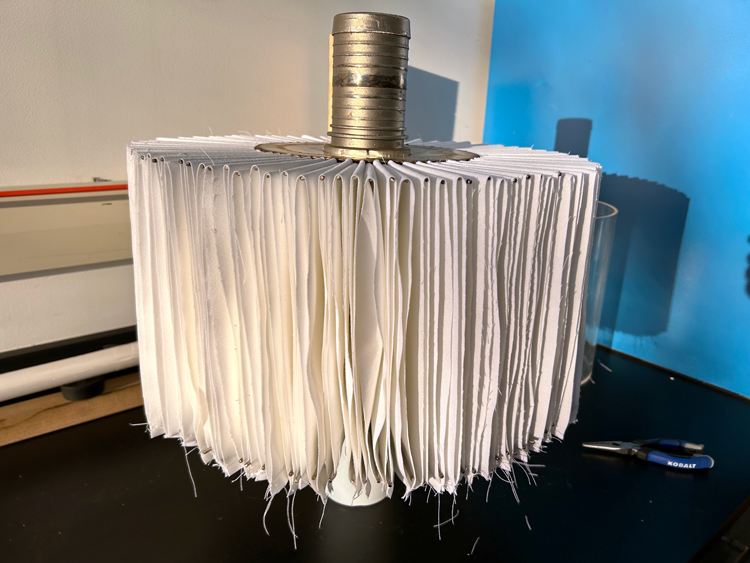
Converting Contaminants Into Capital
A Novel Wicking Well Concept to Remove and Reclaim Dissolved Solids from Groundwater
There are several methods on the market to capture dissolved solids in groundwater, but one treatment we’re researching has the potential to be one of the cheapest and most efficient yet. The process may also go a step further and capture these solids for recovery and reuse, which can offset project costs.
Dissolved contaminants, such as arsenic, boron, lithium and selenium, may be found in groundwater near mining, manufacturing, and coal-fired power generation sites. They can be hazardous to human health and the surrounding environment.
Shane McDonald, senior hydrogeology and modeling technical leader, was selected to HDR’s Fellowship Program to advance his patented wicking wells concept, which aims to address these issues. We sat down with McDonald to learn about the project, its status, and potential applications for power generation facilities and industry.

What is your fellowship project, and how does it address dissolved solids in groundwater?
My idea is a wicking well concept. Think of it like phytoremediation — using trees to drink up groundwater and capture contamination. The wicking well mechanically applies this concept. It targets dissolved solids in groundwater, like metals and other ionic elements such as arsenic, boron, lithium and selenium — often considered contaminants by power and industrial entities.
A vessel captures these contaminants in a sponge-like capillary media as the impacted groundwater is evaporated, removing the solids from the aquifer which protects down-gradient water users and the environment. At this point, some of the contaminants can be recovered as resources when they’re concentrated, enabling useful chemicals to be extracted.
There are other groundwater remediation methods out there, but this one is less costly and has the potential to recover resources, which can offset costs.
What was your inspiration behind the wicking wells project?
I’ve always been interested in geology and worked as a field geologist in my first job. But my focus turned to hydrogeology and groundwater modeling as my career grew. I’ve been blessed with well-rounded roles that exposed me to many novel projects across the globe. After years of evaluating groundwater, I often pondered some of hydrogeology’s more recalcitrant problems.

That ponderance turned into this idea that leverages evaporation to drink up groundwater and capture contamination.
What industries or sectors could benefit from this?
I think mining companies, municipalities who own or operate power plants, power generators, metal finishing facilities and even federal agencies tasked with groundwater cleanup could be interested in this. For testing, I’ve particularly targeted groundwater contamination sites, especially those that have issues with dissolved solids, such as coal-fired power plants and mine sites. If the resource recovery aspects of the tool can be developed, then wicking wells will be a gamechanger because groundwater remediation of dissolved solids could be seen as assets.
What are your goals?
We’re already completed one goal, which was to develop a bench-scale test and design parameters necessary to get a patent, which was awarded. Our next goal is to create a success lab-scale test, which is well underway, then move into pilot projects for clients.


